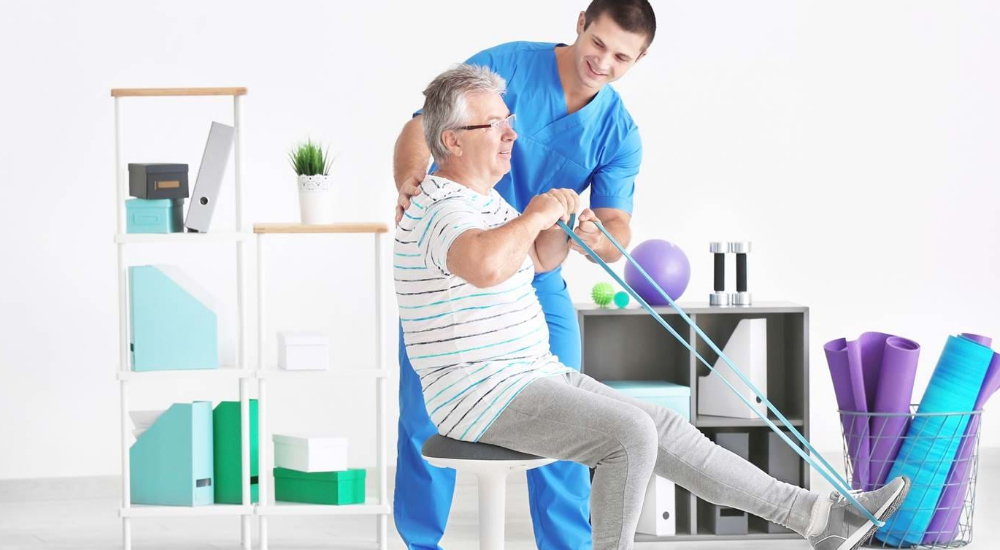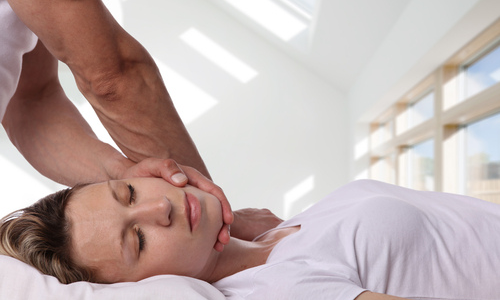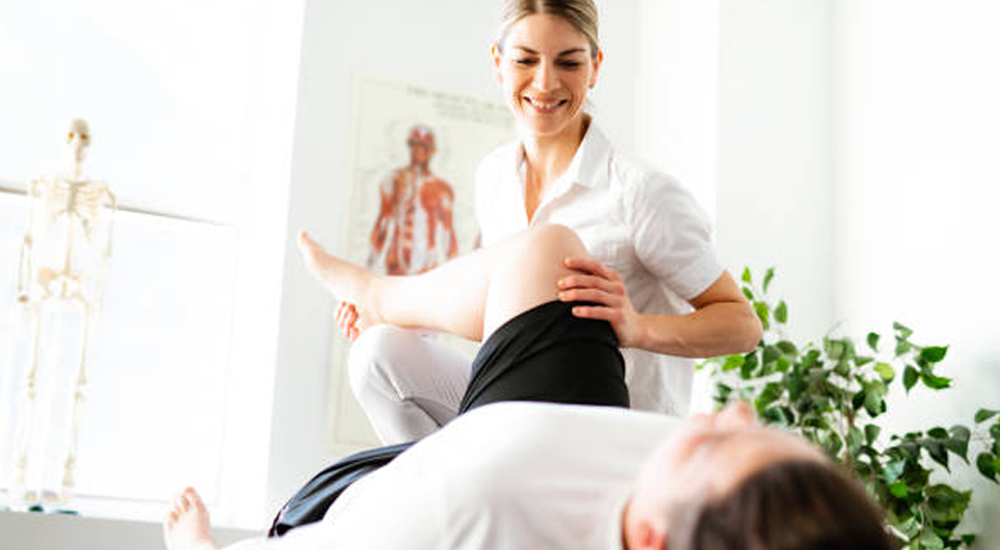Chiropractic Care Helps You Recover from Sports Injuries
Every day you’re not participating in your favorite sport may seem like an eternity if you’ve been injured. Chiropractic treatment can ease your pain and may even help you recover from your injuries faster than you expected.
Types of Injuries Chiropractors Treat
If you’re thinking about visiting a chiropractor, you’re in good company. College and professional sports teams throughout the country rely on chiropractors to help their athletes rebound from injuries and avoid new injuries when they return to the playing field. One-hundred percent of National Football League and Major League Baseball teams have chiropractors on staff, according to Palmer College of Chiropractic, while 72% of Professional Golf Association golfers receive treatments while on tour.
Chiropractors offer therapies that help athletes heal from many types of sports ailments, including:
- Back and Neck Pain
- Strains and Sprains
- Headaches
- Pinched Nerves
- Herniated Discs
- Shin Splints
- Golfer’s or Tennis Elbow
- Sciatica
- Stingers
- Dislocations
- Shoulder, Arm, and Hand Pain
- Groin Injuries
- Leg and Knee Injuries
How Chiropractic Treatment Can Help You
Sports injuries can be very complex. If you strained the muscles in your back when you fell or twisted an ankle, your muscle or ligament injuries may not be the only source of your pain. Your fall may have also caused the vertebrae in your spine to become misaligned. Misalignments, called “subluxations” by your chiropractor, not only trigger back or joint pain but can stress muscles and nerves and throw off the alignment of your hips, backs, neck, and legs.
Falls are one cause of subluxations, but they can also occur due to poor posture or spending too much time in one position. For example, the hunched-over position you use when you ride a bike may increase your risk of subluxations.
Spinal manipulation or mobilization, two types of hands-on therapy, ease vertebrae back into the optimal position, eliminating subluxations and reducing pain.
Every chiropractic treatment plan is unique and tailored to your injury. In addition to manipulation or mobilization, your chiropractor may recommend massage, soft tissue mobilization, trigger point therapy, flexion-distraction therapy, traction, electrical nerve stimulation treatments, or ultrasound therapy.
Chiropractic treatment offers many benefits, including:
- Less Pain. Chiropractic treatment reduces pain and triggers the production of endorphins that reduce pain naturally. Pain can be due in part to subluxations or tight muscles that press on nerves. Spinal manipulation, massage, flexion-distraction, and other treatments reduce pressure on spinal nerves and discs and may even decrease bulging if you have a herniated disc. Best of all, you can reduce your reliance on pain medication when you opt for chiropractic treatment.
- Quicker Healing. Your body reacts to injuries by increasing the production of white blood cells. The cells not only fight infection but also encourage healing. Unfortunately, some injuries can impair blood flow, making it difficult for white blood cells to reach the injured area. Chiropractic treatments improve blood flow and may even help speed healing.
- No More Tingling or Numbness. Pressure on nerves can cause tingling or numbness in your arms, legs, back, or buttocks, in addition to pain. Relieving pressure with chiropractic therapies can end these annoying symptoms.
- Better Range of Motion. Treatments loosen joints and muscles, improving your range of motion. Massage or soft tissue mobilization can also be used to break up scar tissue or adhesions that prevent your joints from moving freely.
- Improved Stability. Is your shoulder unstable after too many hockey injuries? Your chiropractor can develop a treatment plan to help you regain stability and avoid future injuries. Treatments can also help with instability due to ankle sprains. Ligaments stretch and tear when a sprain occurs, but that’s not the only problem that can happen with a sprain. If the bones in your ankle joint move out of alignment, your recovery may take longer. Adjusting the joint can help reduce healing time and help you avoid joint instability that can increase your risk of re-injury.
- Decreased Inflammation. Chiropractic treatments also relieve swelling and inflammation that can cause pain, stiffness, and restricted movement.
- Ease Spasms and Muscle Pain. Recovering from an injury isn’t easy if your muscles constantly spasm or still hurt days or weeks after you hurt yourself. Massage, soft tissue mobilization, ultrasound therapy, electrical stimulation, and other therapies can stop spasms and reduce tightness and pain in muscles.
Are you eager to get back to your favorite sport? Call us to schedule your chiropractic appointment.
Sources:













